Root vegetables are always around in the kitchen; these comestible plants that grow underground offer a slew of nutrients, and today we’ll learn about these 14 Types Of Root Vegetables With Pictures!!
You may not be a fan of all root veggies, but there’s certainly one that you probably enjoy most. While we might not pay much attention to root vegetables, these are a must when going to the market. Root veggies have high nutrients content and are key in tons of recipes across different cuisines. These not only help enhance the flavors of your meals but are also wholesome and super beneficial to our bodies.
It is, in fact, due to the root part that these veggies can hold minerals, vitamins, proteins, and carbohydrates. Since the beginning of time, many have taken into their own hands the cultivation of their own veggies, making them an essential part of a complete and healthy diet.
Today we’ll keep our focus on the types of root vegetables there are out there. So, elevate your knowledge about root vegetables and find out which types and how to properly store them so you can get the most out of root veggie needs at home.
14 Types Of Root Vegetables With Pictures
Turnips
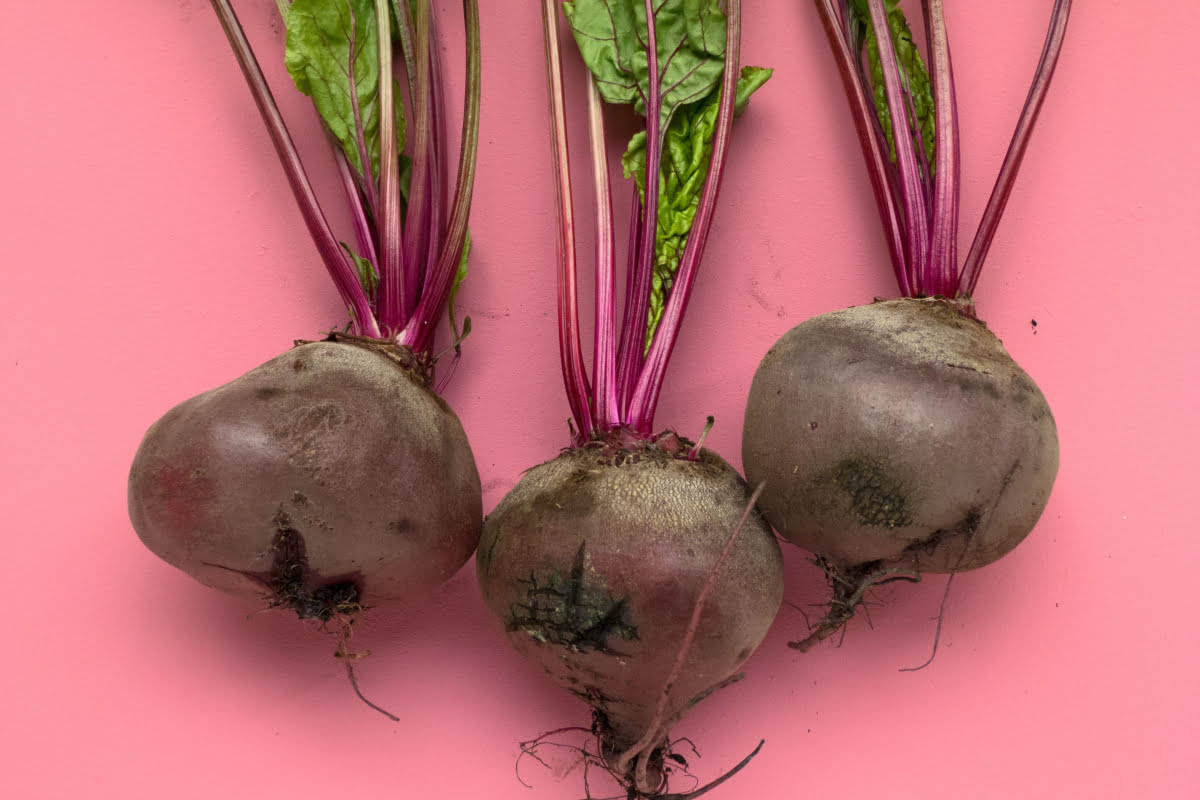
Turnips belong to the Brassicaceae family and have their origin in Asia. Also known as the white turnip, this plant doesn’t need much time to grow, and it does better in cooler climates. Can consume both turnips and leaves; the same goes for young and fully mature turnips since both can be consumed raw.
Turnips are filled with flavor and offer ideal nutrients including, includingC; turnips are great raw, in salads, even fried.
Sweet Potatoes
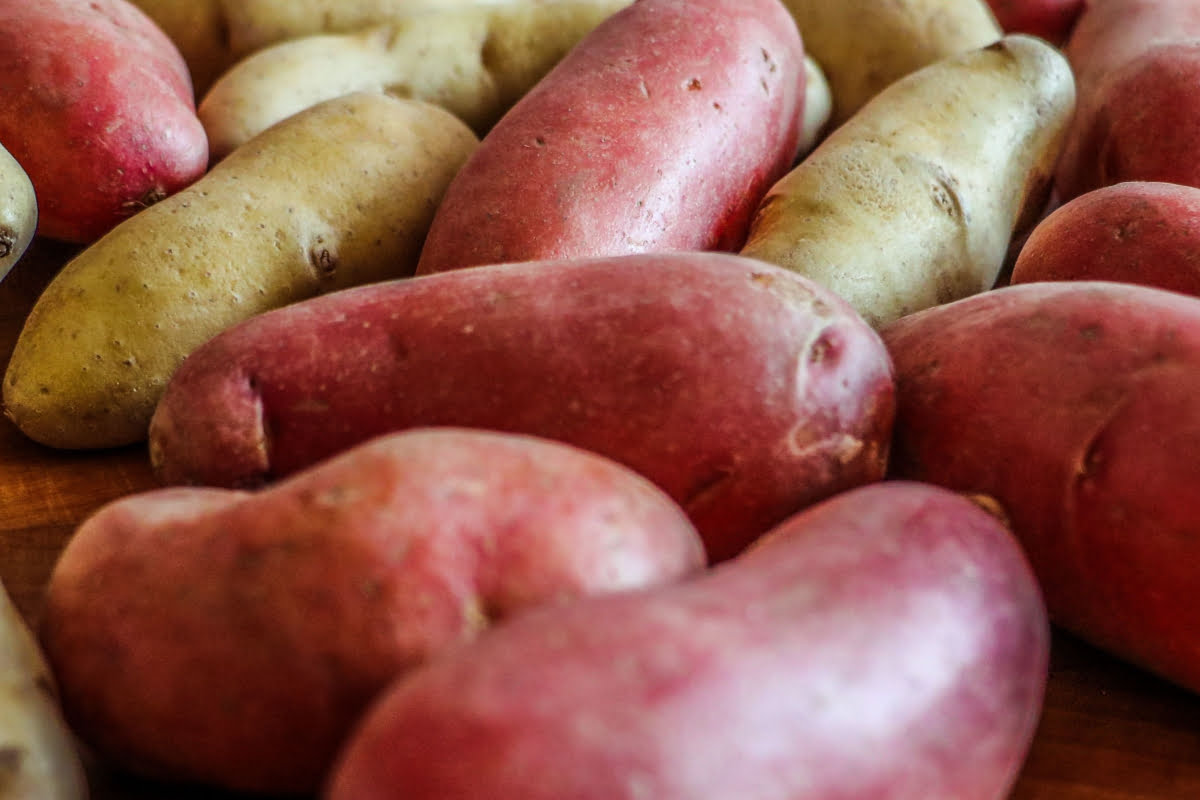
These belong to the Convolvulaceae family and are a favorite of many due to their mild sweetness. It is considered a far relative of the potatoes and is sometimes mistakenly called yam. The leaves and shoots of sweet potatoes can also be consumed.
This type of root veggie holds numerous antioxidants, manganese, fiber, and vitamins, making them ideal for keeping a healthy immune system, among many other amazing benefits.
Radishes
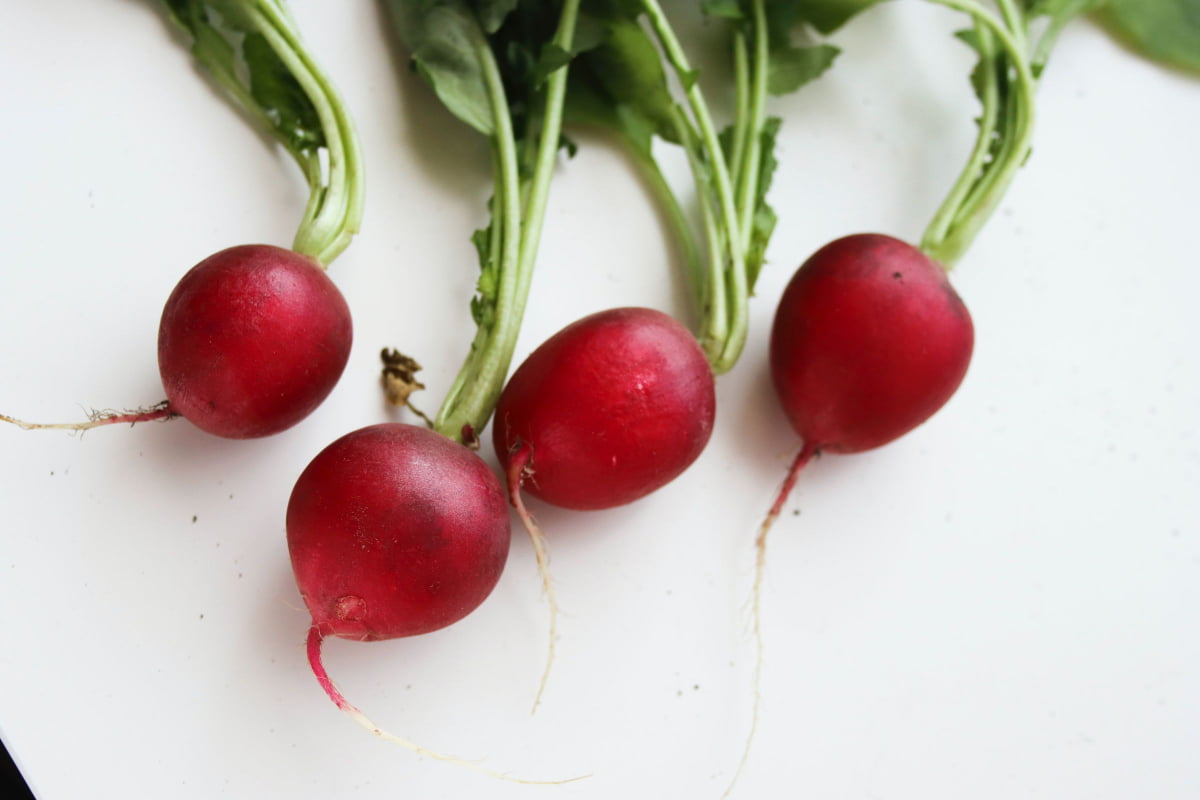
Radishes like turnips also belong to the Brassicaceae family. It is consumed raw, typically as an addition to fresh salads. Radishes have a crunchy texture and are somewhat spicy. These are white on the inside while red, pink, yellow, purple, and even black on the outside.
These little fellas are also very nutritious; they have vitamins, potassium, and other minerals that support a healthy immune system, keep blood pressure stable and help digestion issues.
Celeriac
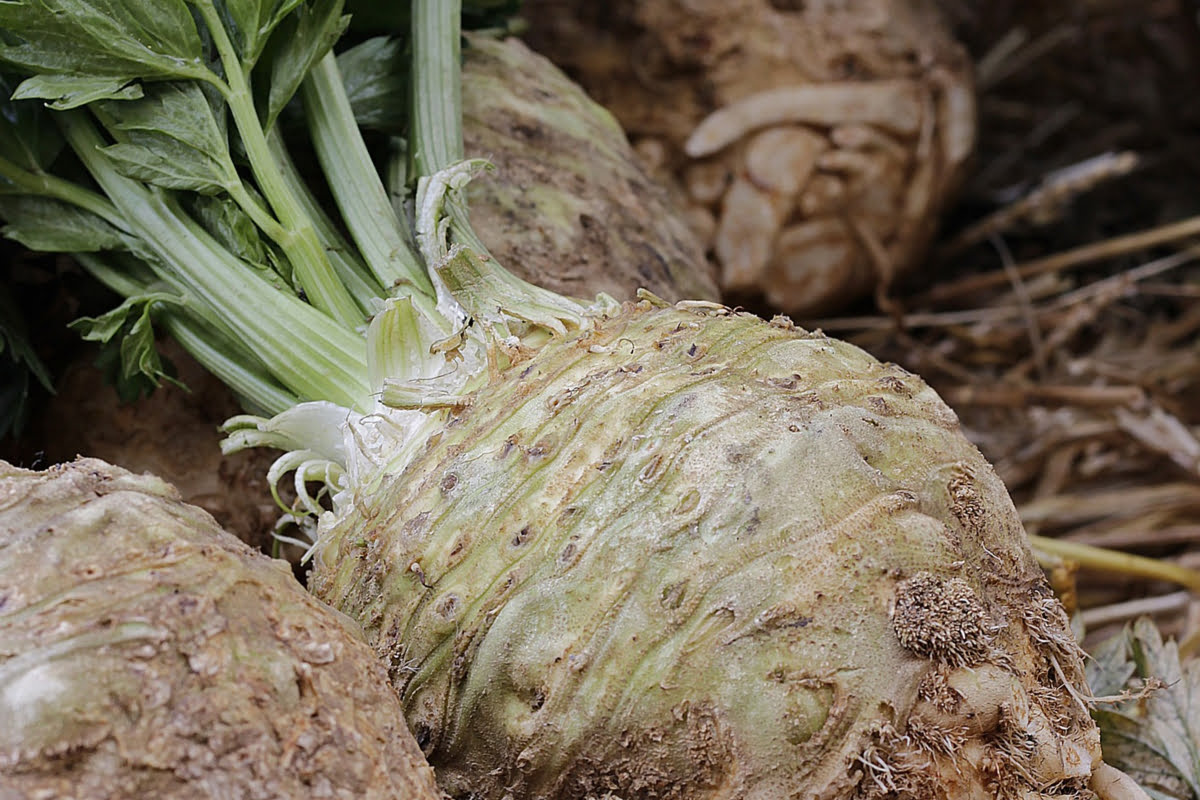
This type of root veggie hails from the Mediterranean basin; it is also called knob celery or celery root and is packed with antioxidants, minerals, and vitamins. The antioxidants in celeriac help the body stay clear from Alzheimer’s, heart disease, and cancer.
Its shoots and stems are both edible, and the root can be consumed raw or cooked. It is preferably eaten raw since it offers lots of flavors and has a soft texture to it. If cooked, it can be blanched, roasted, mashed, stewed, or sautéed.
Parsnips
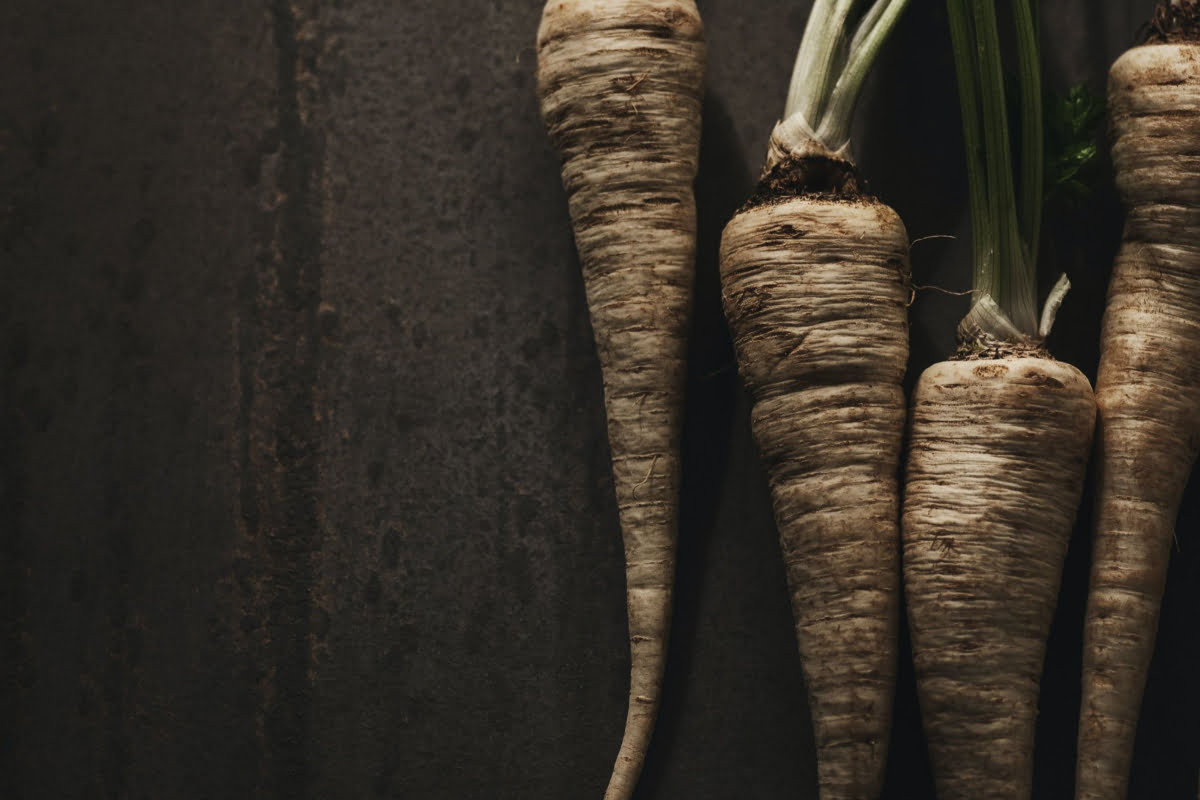
These belong to the Apiaceae family, and it has an elongated form with peel and flesh in a light shade. Parsnips have an earthy and sweet flavor versatile enough for numerous dishes.
Parsnips not only hold vitamins, antioxidants, minerals, and soluble and insoluble dietary fiber; but are also helpful in weight loss due to their high water content.
These veggies, which can also be consumed cooked or raw, additionally aid lower blood pressure, cholesterol, and inflammation.
Carrots

Carrots are widely popular in numerous dishes; these orange and mildly sweet veggies can also be found in black, purple, white, red, and even yellow shades. It is accepted that carrots originated in Persia and made their arrival to the US after World War I.
Due to the carotenoids present in carrots, these can support a healthy immune system which means it protects the body from numerous illnesses. Consuming carrots can also help reduce cholesterol and enhance eyesight.
Lotus Root

These veggies are also called lotus stem hails from China and India. They have a crispy consistency and a sweet taste, compared to water chestnuts.
Lotus root is a common addition to salads; however, the whole plant, stalks, seeds, roots, and even flowers are edible. The lotus stem curry is a popular dish, and the stems are known to offer magnesium, vitamin c, copper, dietary fibers, and zinc. This combination of nutrients helps your body achieve a strong immune system.
Crosne

Crosne, which has a worm-like shape, belongs to the Labiatae family. It is believed to have its origin in either Japan or China. It is also known by other names such as knot root, artichoke betony, or Chinese artichoke. Crosne can be enjoyed, raw, cooked, pickled, or dried. Popular recipes include sautéed crosne and crosne soup. These are considered a carbohydrate due to their high sugar content, the reason why these aren’t recommended for people with diabetes.
Cassava
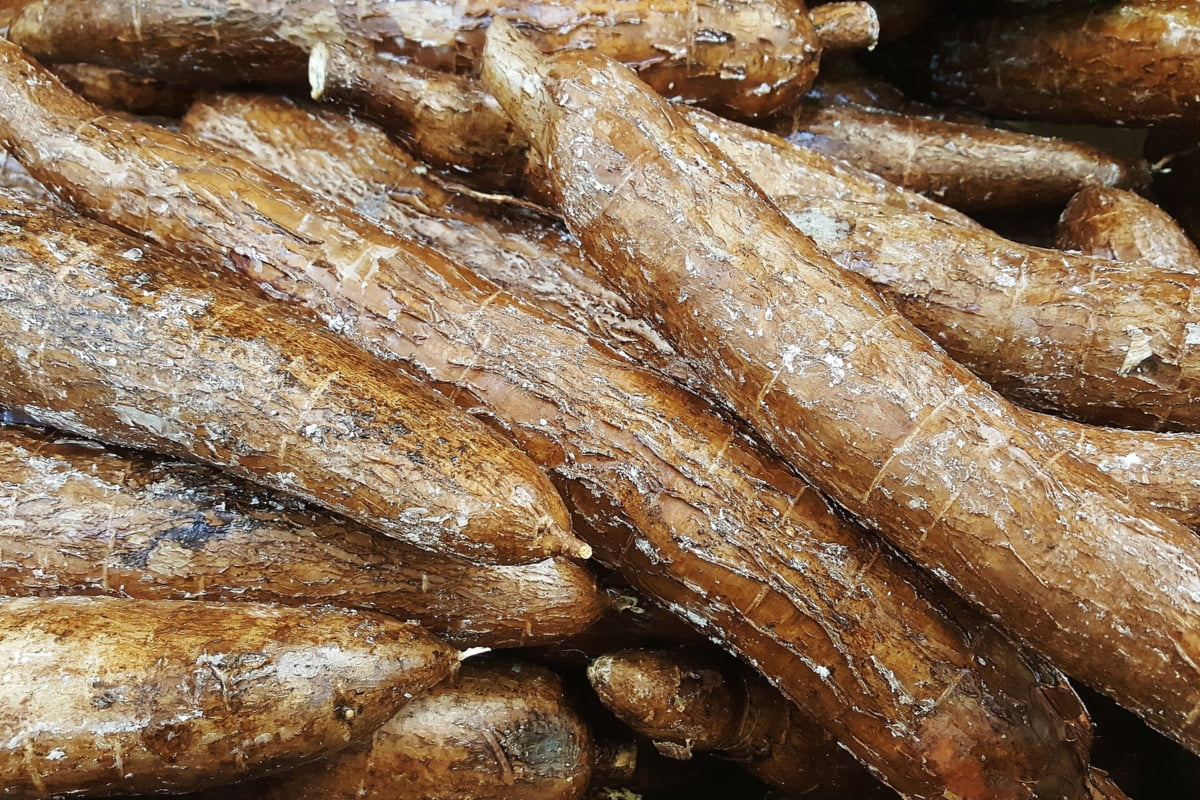
Also called yuca, this type of veggie belongs to the Euphorbiaceae family. It has a thick, elongated shape. Cassava is pearly white on the inside and has brown and sturdy skin. Cassavas have a fantastic slew of nutrients, and it also contains calories, so those looking to put on weight may want to consume more of cassava. In addition, cassava leaves carry vitamin K and dietary proteins, which help in energizing cell activity.
Kohlrabi
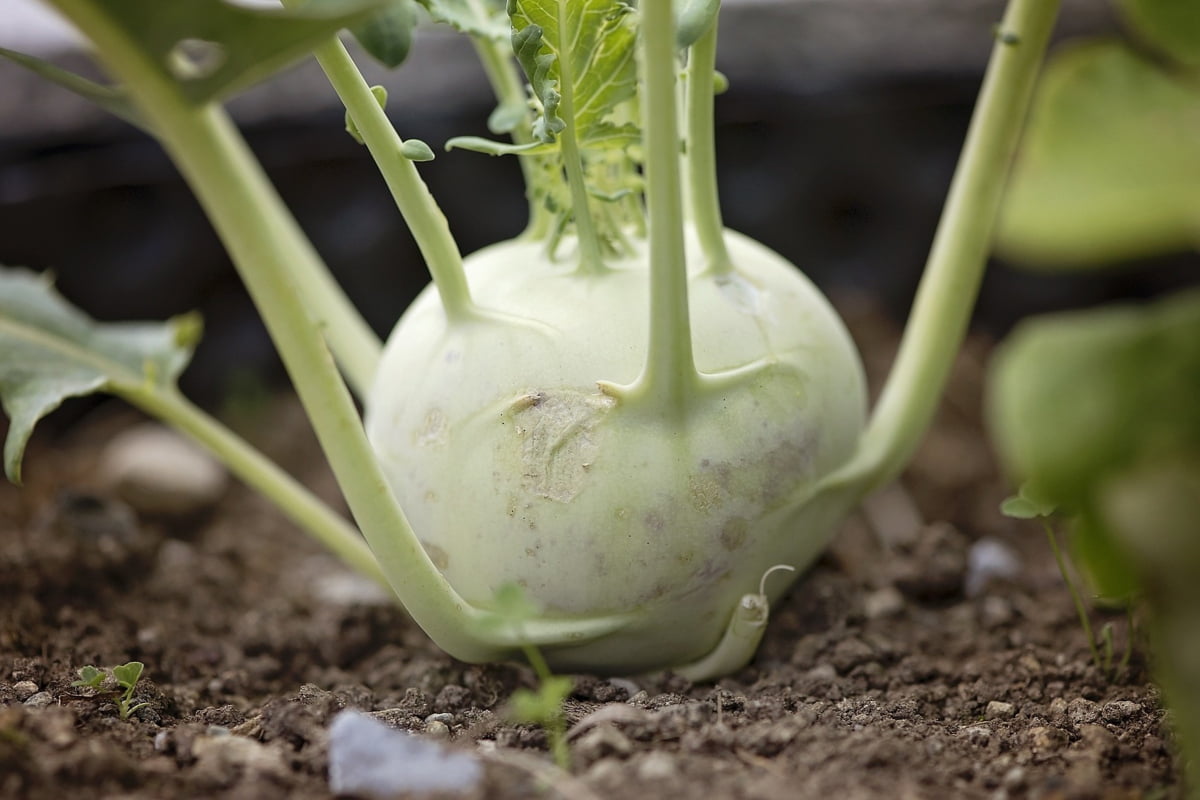
This is also known as the German turnip; kohlrabi has a round shape and is bright purple with green leaves attached to it, resembling a cabbage.
Young kohlrabi has a sweeter taste than that of a fully matured one, comparable to the taste of radish. This type of root veggie can be roasted, sautéed, steamed, stuffed, etc. Kohlrabi offers numerous and fantastic benefits such as boosting energy, reducing cramp pain, improving bone health, treating bloating and constipation, among many others.
Turmeric
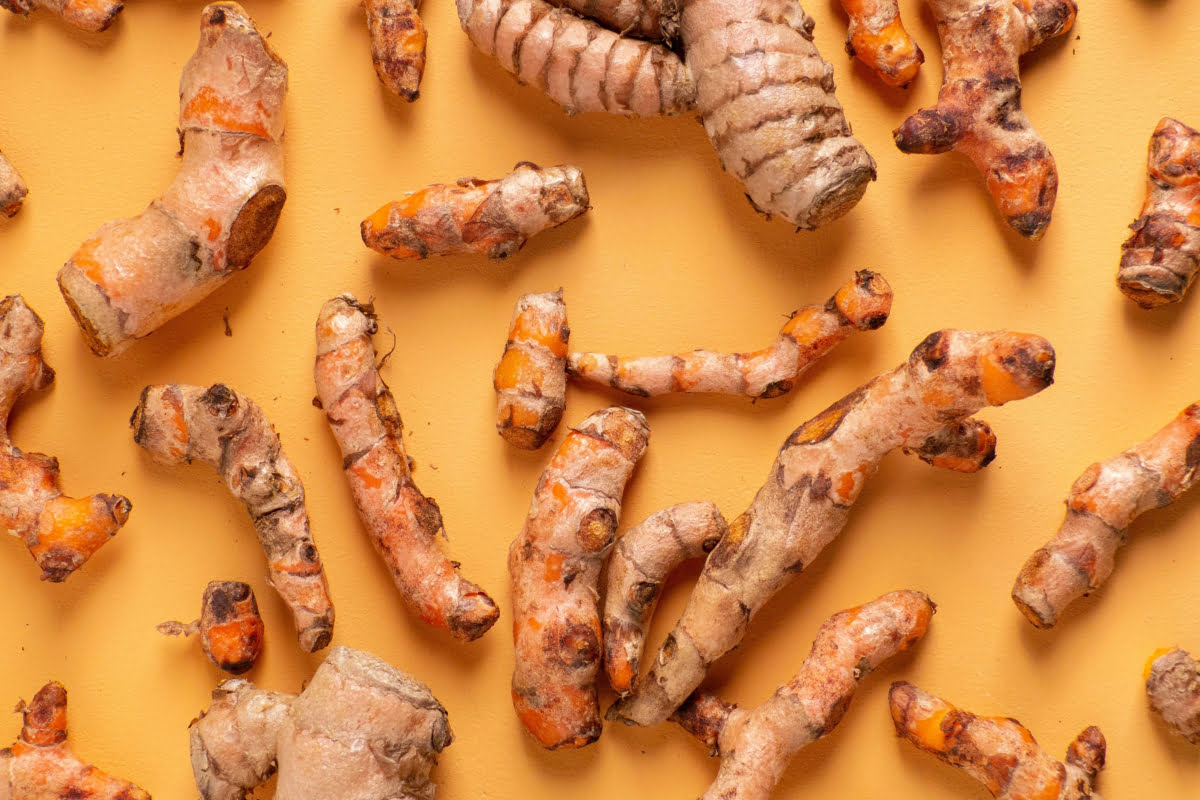
Turmeric belongs to the ginger family and is widely known for its many uses and benefits for our bodies and brains. Turmeric is often blended into other ingredients due to its bitter and spicy taste. It is a key seasoning in Asian cuisine and is also an important element in medicinal products. Among the benefits of turmeric, we find, it reduces the risk of heart diseases, prevents Alzheimer’s, treats depression and other serious illnesses like cancer.
Jerusalem Artichokes
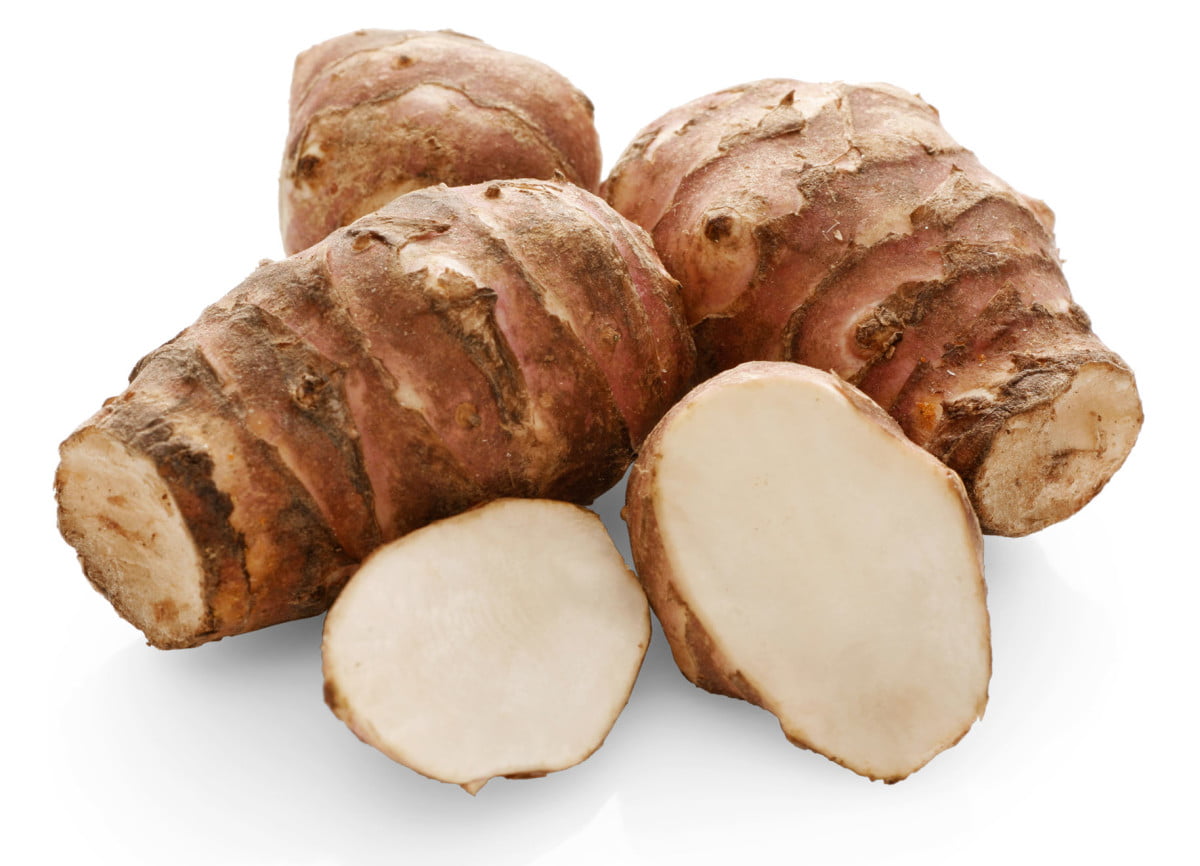
Contrary to what you may think, Jerusalem artichokes aren’t from Jerusalem, and they aren’t artichokes either. These are also known as sunchoke, earth apple, or sunroot; these veggies are far less commonly consumed. They carry potassium, copper, niacin, iron, thiamine, and fiber.
Some people utilize it in side dishes, relishes, or pickles.
Arctium Lappa
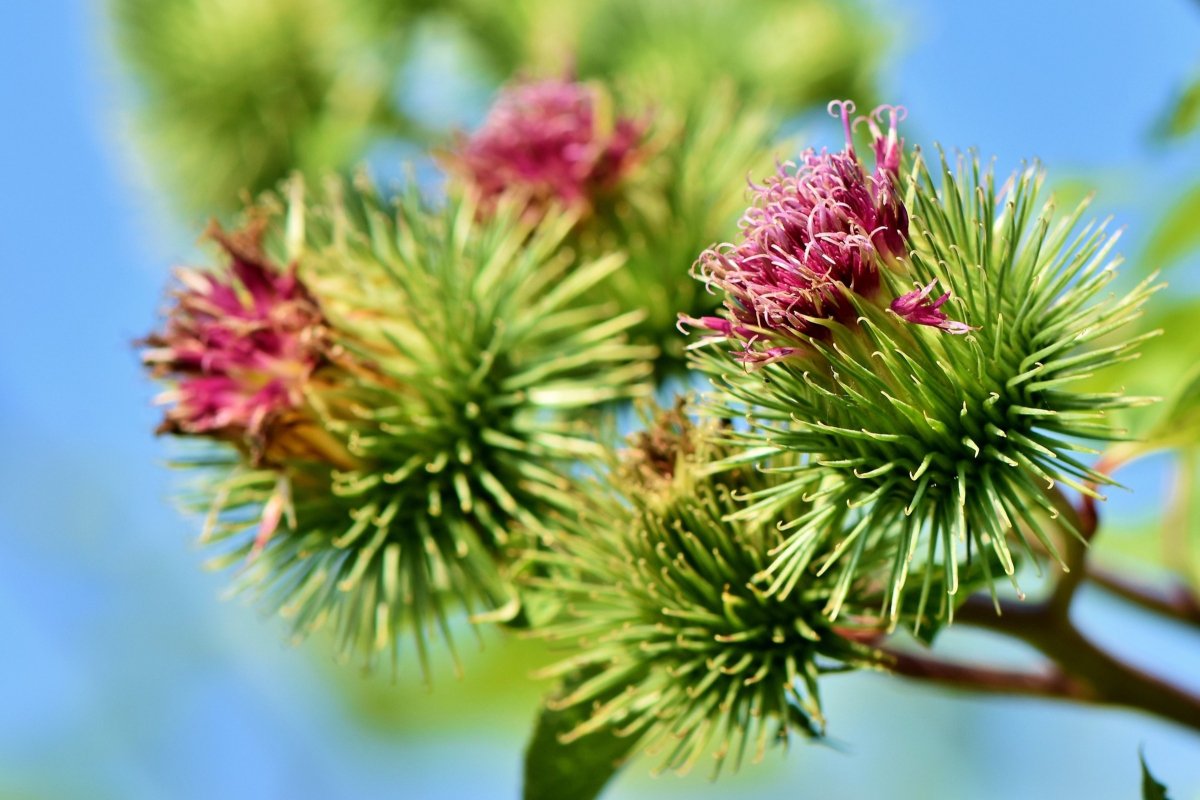
These belong to the Aster family and also go by greater burdock. This veggie isn’t only consumed, but its root, seeds, and leaves are utilized as healing agents.
Many eat this vegetable to clean the blood, treat fever, kill germs, and even increase urine flow. Additionally, it is also used in skincare.
Water Chestnut
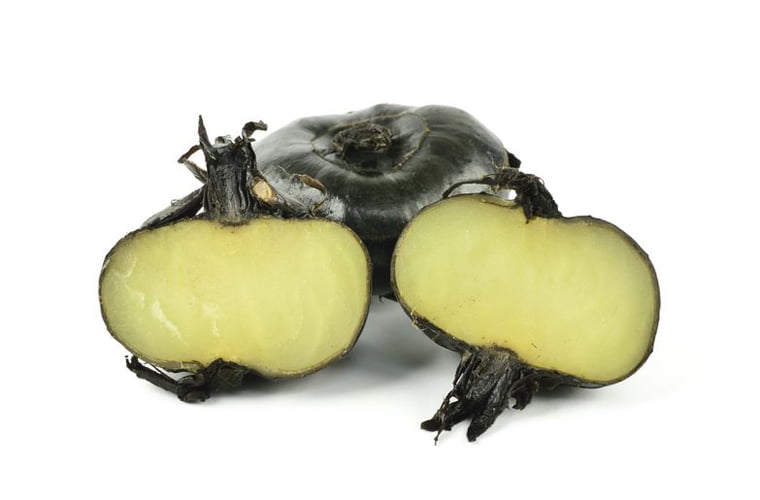
Water chestnuts are commonly found in Australia, Asia, Japan, China, India, and the Philippines. Though it may mix it up for a nut, this is an aquatic veggie that is very wholesome. It offers a sweet flavor and a crunchy consistency.
How To Keep Root Vegetables Fresh?
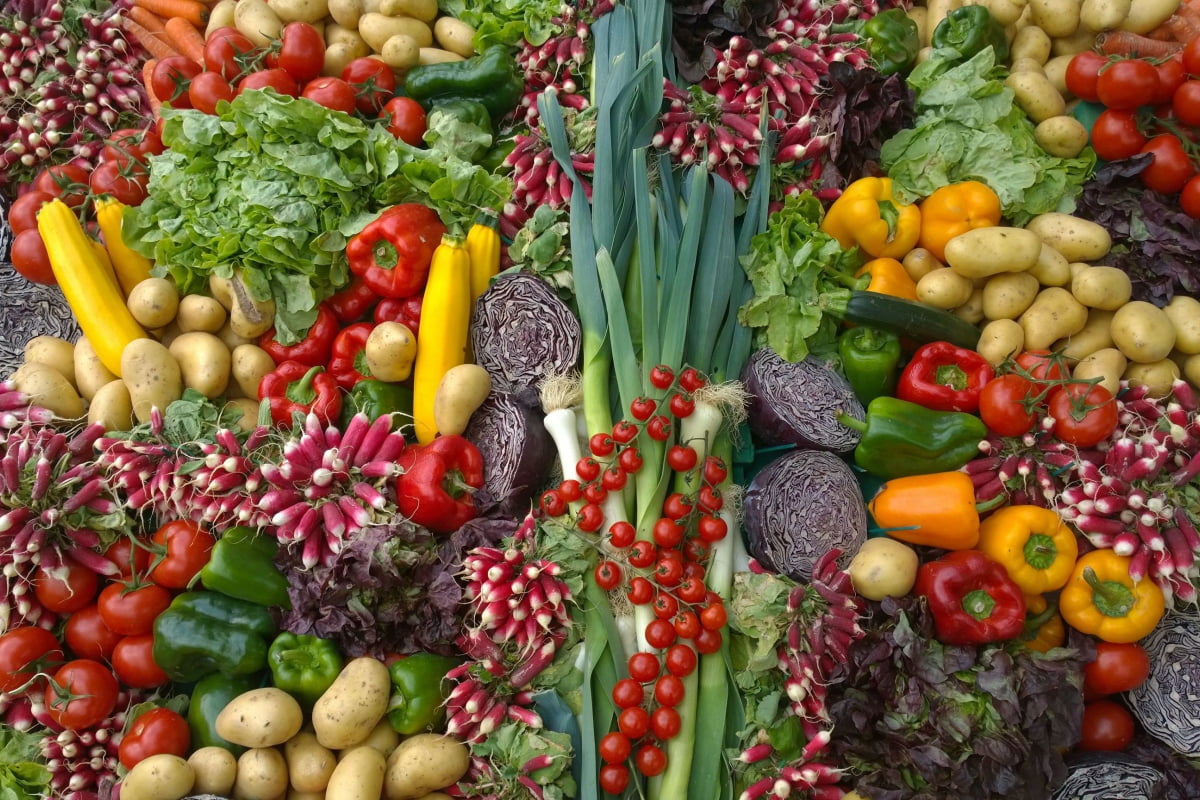
To keep your root vegetables in an optimum state, you must know that these do not do well in cold storage, so they shouldn’t be placed in the fridge. Why do you ask? Because the least you want to do is expose your veggies to moisture and humidity in refrigerators to speed the rotting process. Also is not a good idea to store your root vegetables together for flavor purposes.
Separate root vegetables from their greens and store each separately in plastic bags. Most greens will stay fresh for up to 3 days.
Root veggies belong in a cool, dark, dry place outside the fridge like a cupboard or root cellar or maybe even the basement.
What you want to do is to keep your root vegetables in wire mesh or natural fiber baskets at room temperature.
How To Store Root Vegetables So They Stay Fresh For Longer?
If you are not planning on eating your root vegetables soon, you may want to follow a few steps to get them to last a bit longer in good shape. It may take a bit of effort, but the results are worth it.
- Get rid of the tops. Cut off the leafy tops, shake off loose dirt and remove any damaged ones. If left on, they will draw moisture from the vegetable.
- Box them. Place the root vegetables, unwashed, in boxes layered with slightly damp sand. Dry leaves or sawdust also do the trick.
- Store them.
- Please keep them in a cool spot.
- Check on them. Check for signs of spoilage and moisture. You surely don’t want rot veggies, but they could also get hard and split due to dryness.
Can You Freeze Root Vegetables?
Freezing vegetables at home is a fast and easy way to preserve their nutrients.
Most vegetables need to be blanched before they are frozen. This means that you should boil the whole or cut up pieces of the vegetable for 1-2 minutes and then immediately place them in ice-cold water to stop the cooking process. This will keep your vegetables from getting freezer burn.
- Follow these steps
- Wash and peel your root vegetable
- Dice your root vegetables into cubes
- Blanch your veggies
- Place them into a bowl of ice water
- Using a towel, dry the veggies
- Transfer to a vacuum-packed freezer bag
Your frozen root vegetables will be ok for up to one year.
What To Do With Root Vegetables Before They Go Bad?
If you notice your veggies start to sprout or become dry or any other sign of spoilage, you should immediately get rid of them. If properly stored can keep root vegetables for a month in cool conditions.
But before that happens, there are tons of ways you can enjoy your root veggies at home, preparing a few of your favorite dishes.
Our Favorites And Easiest Root Vegetables Recipes
Air Fryer Sweet Potato Fries Recipe
Crispy sweet potato fries made in the air-fryer, with just a small amount of oil! It is an easy sweet potato recipe you’re just going to love!
We guarantee after you try them, sweet potato fries will become one of your family’s favorite side dishes. It will take less than 30 minutes for a handful of spicy chips.
https://gethealthystayhealthy.net/recipe/air-fryer-sweet-potato-fries-recipe/
In need of an easy and tasty pot roast slow cooker recipe? You are in luck because this is one of the best slow cooker keto pot roast recipes ever!
Slow Cooker Keto Pot Roast
Orange, a rich source of Vitamin C and Energy, is the perfect teammate for the carrots that are an amazing weapon to boost your eye and heart health, helps you lose weight, aids bowel regularity, helps you against bad cholesterol, lower blood pressure and give your skin a radiant glow!
